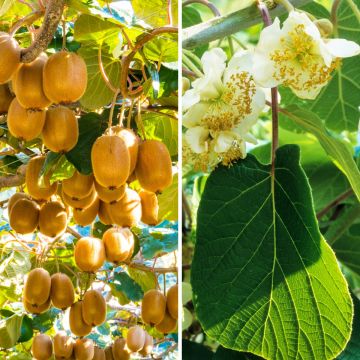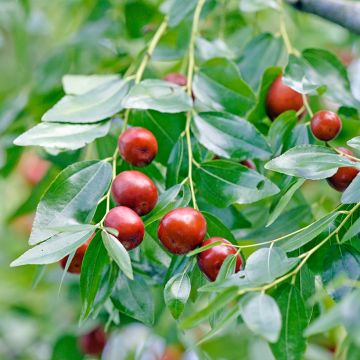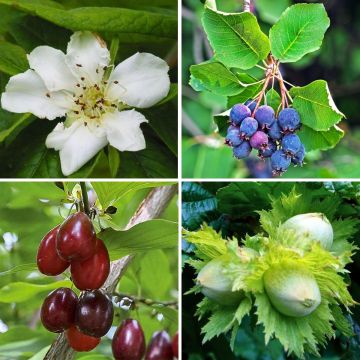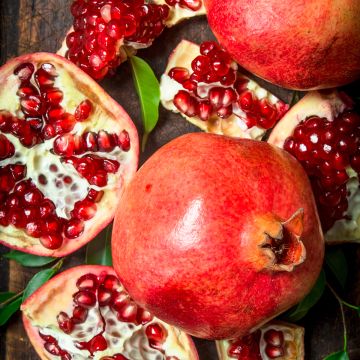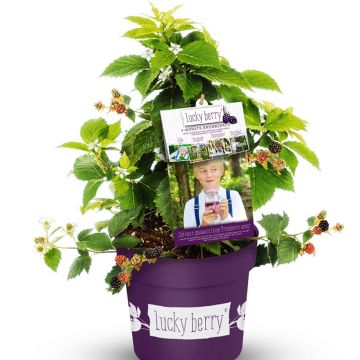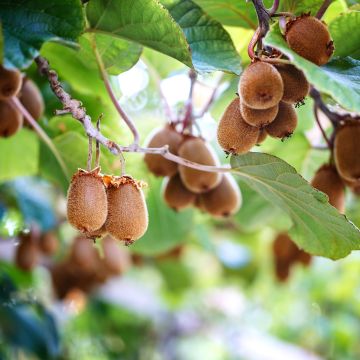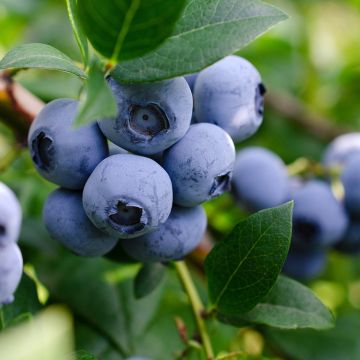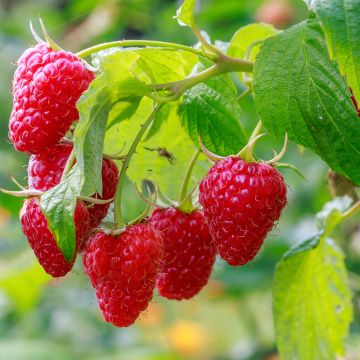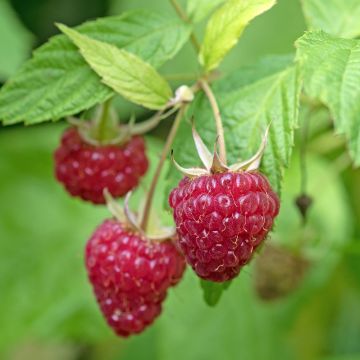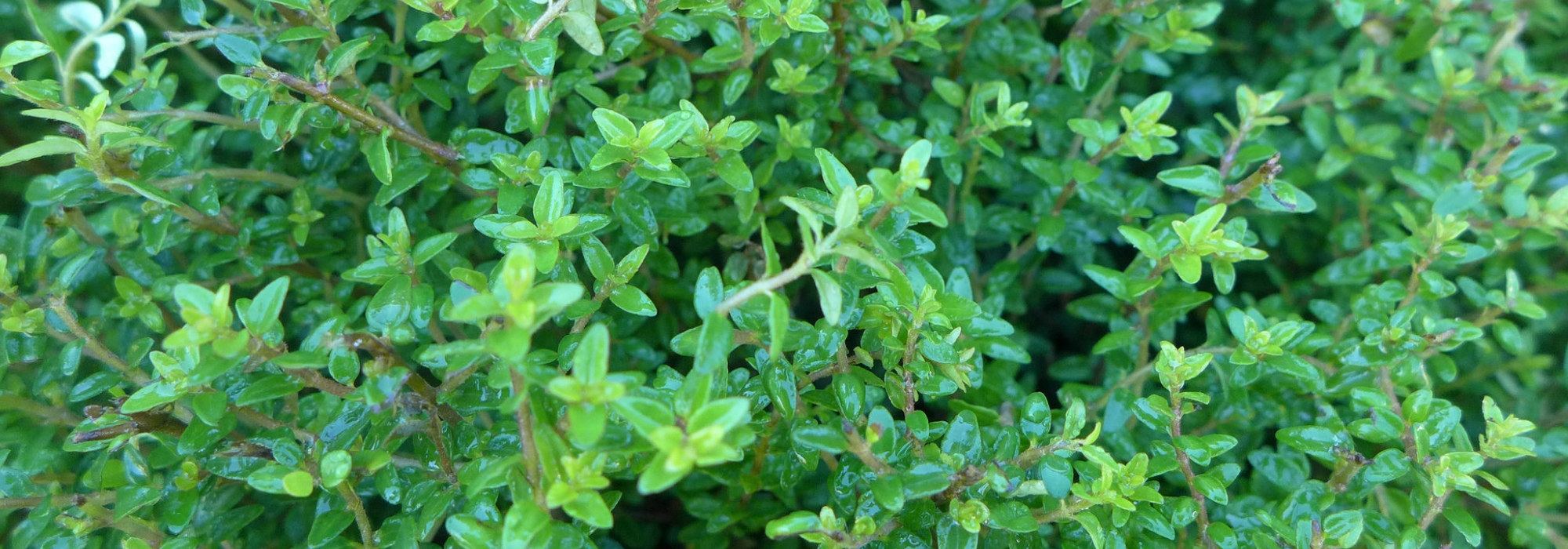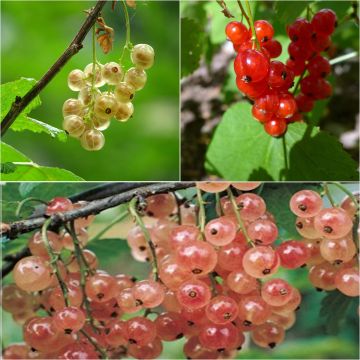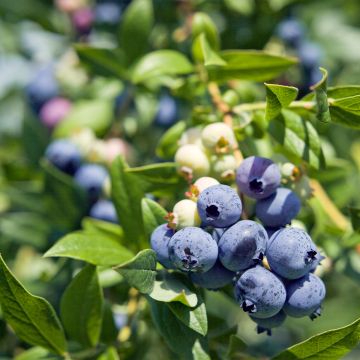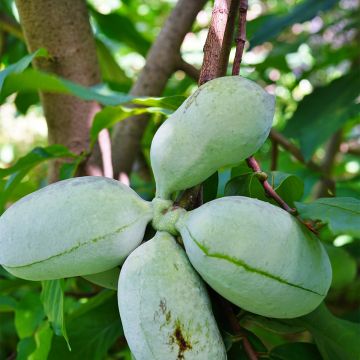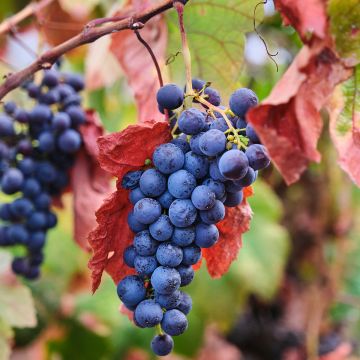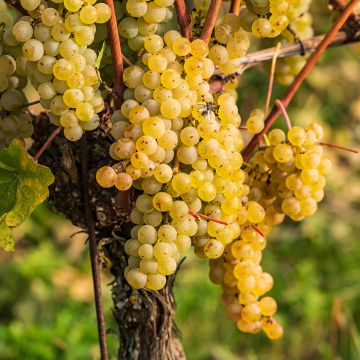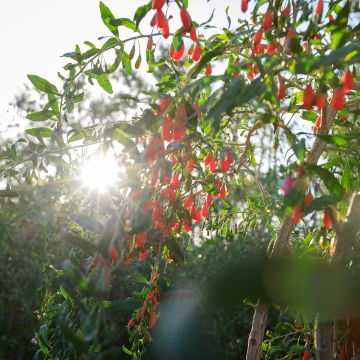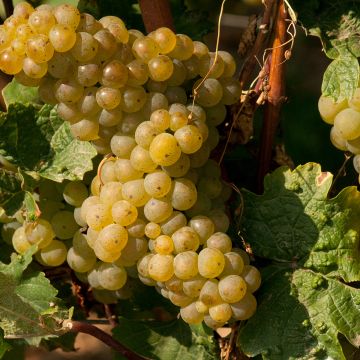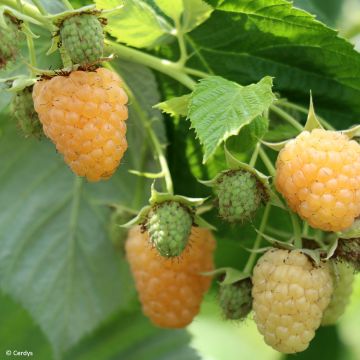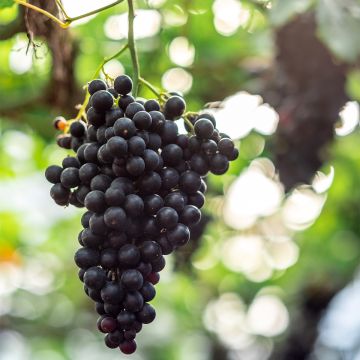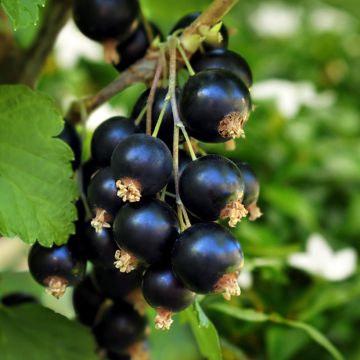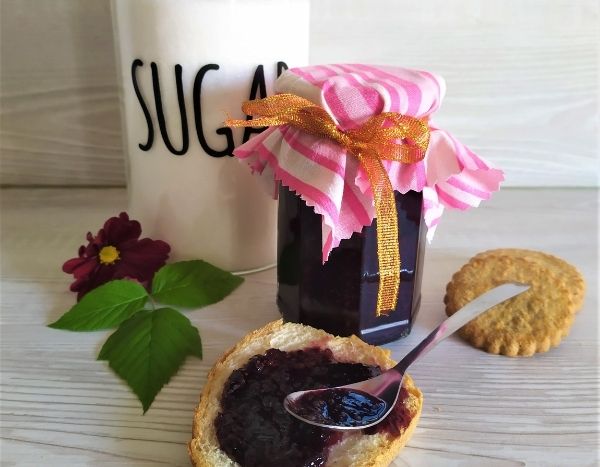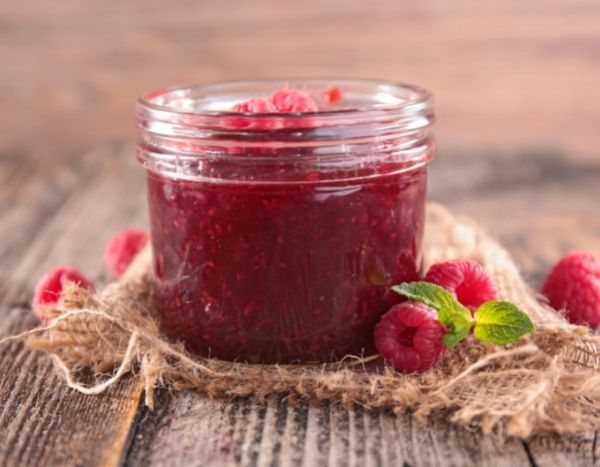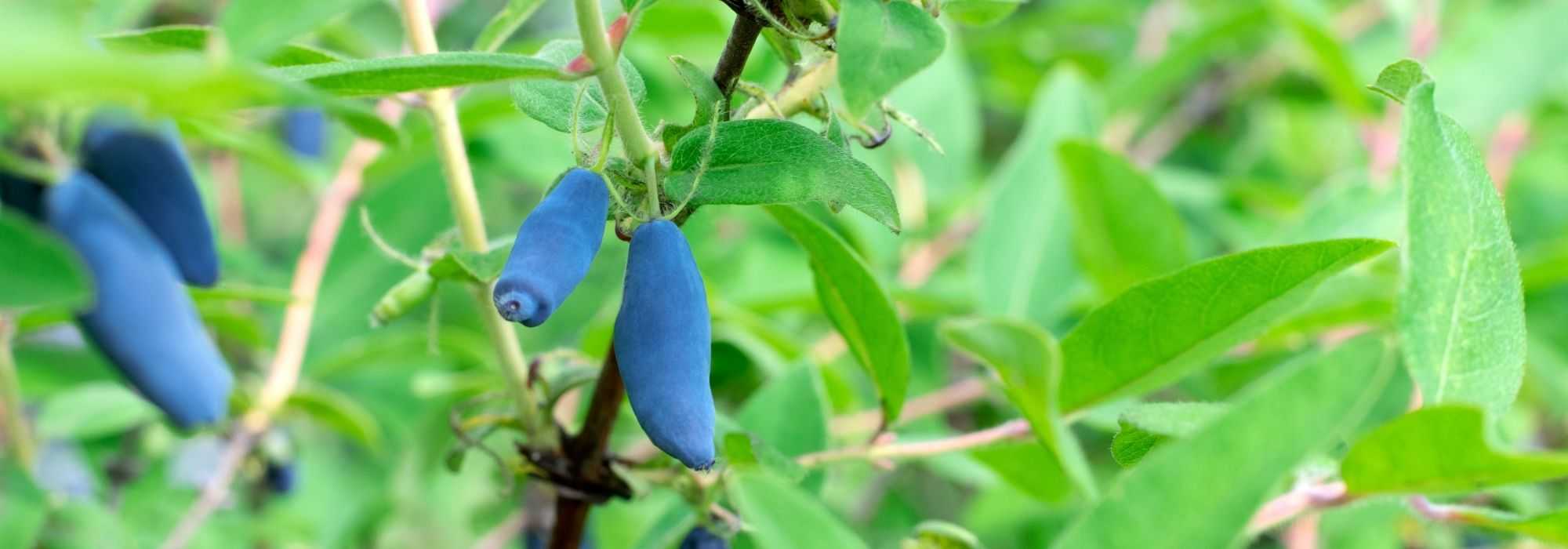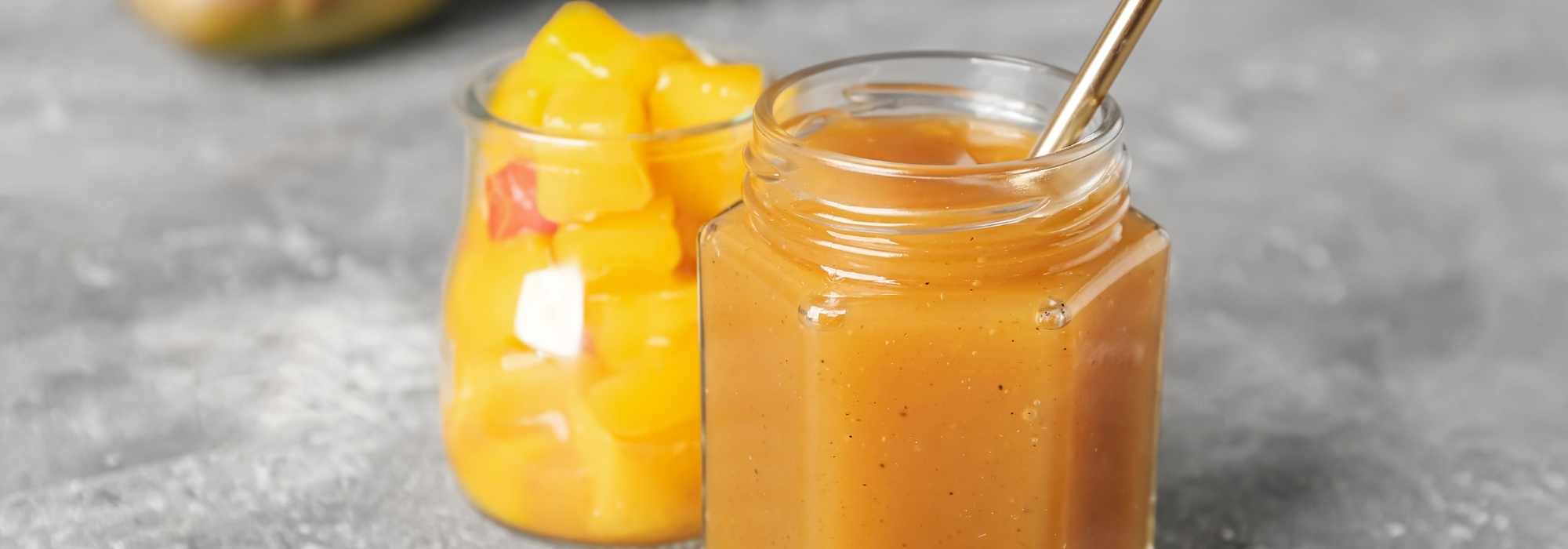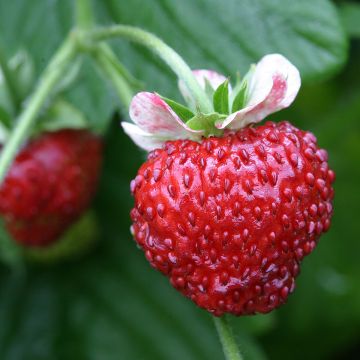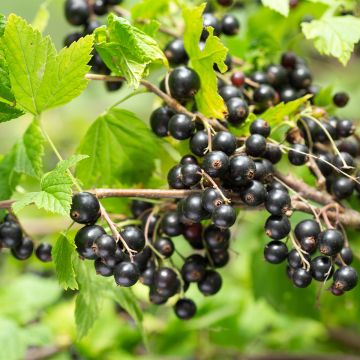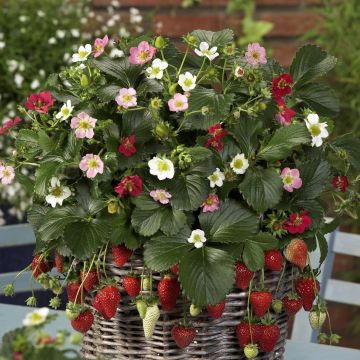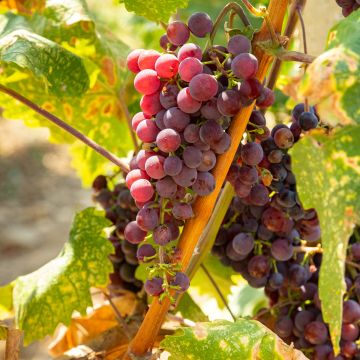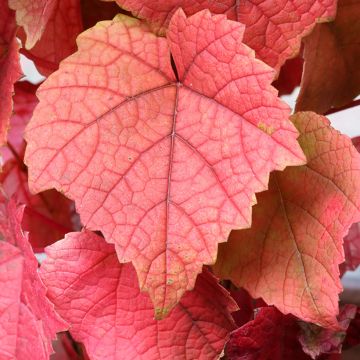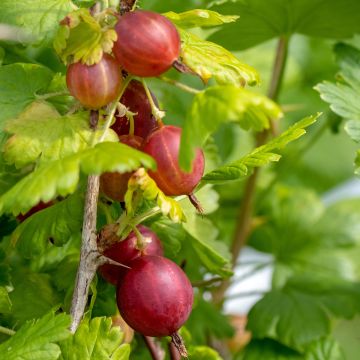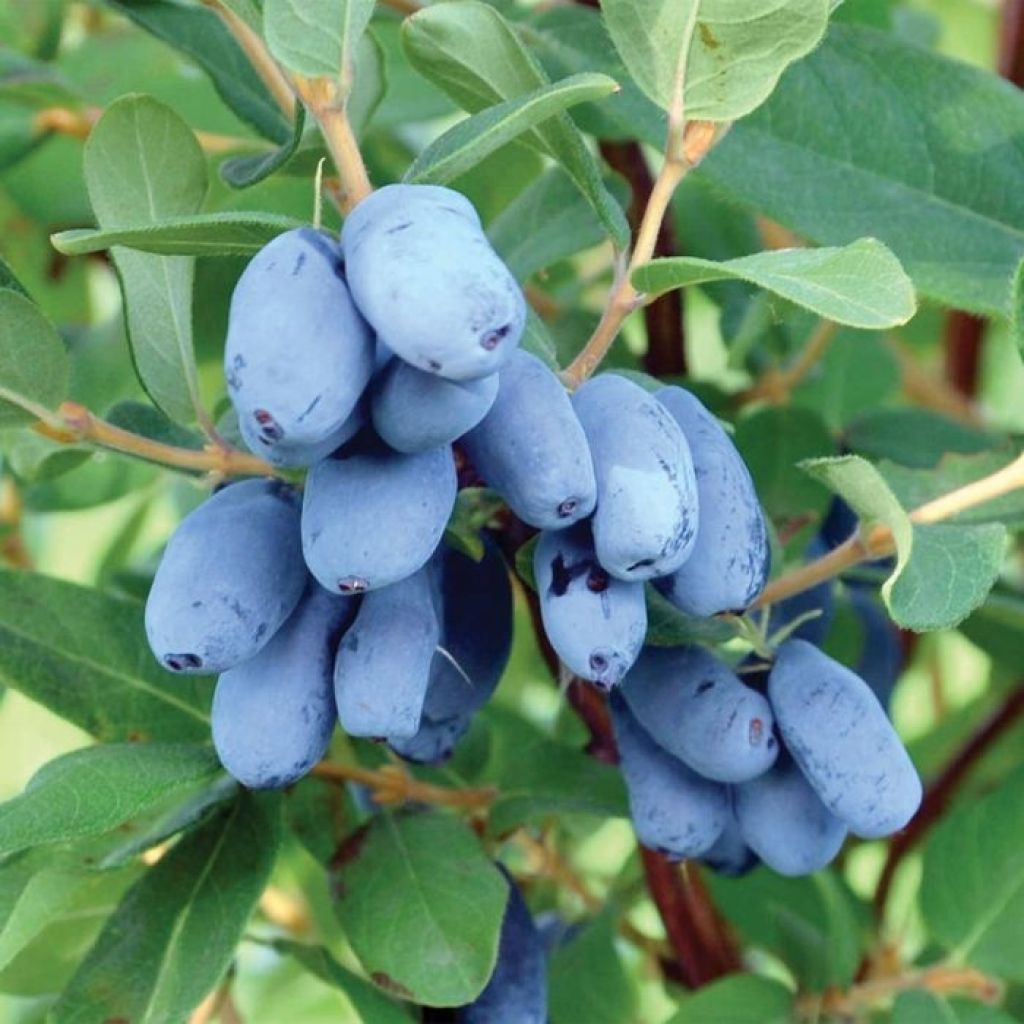

Lonicera caerulea Honey Bee - Honeyberry
Lonicera caerulea Honey Bee - Honeyberry
Lonicera caerulea var. kamtschatica Honey Bee
Blue Honeysuckle, Honeyberry, Sweetberry Honeysuckle, Haskap
Special offer!
Receive a €20 voucher for any order over €90 (excluding delivery costs, credit notes, and plastic-free options)!
1- Add your favorite plants to your cart.
2- Once you have reached €90, confirm your order (you can even choose the delivery date!).
3- As soon as your order is shipped, you will receive an email containing your voucher code, valid for 3 months (90 days).
Your voucher is unique and can only be used once, for any order with a minimum value of €20, excluding delivery costs.
Can be combined with other current offers, non-divisible and non-refundable.
Why not try an alternative variety in stock?
View all →This plant carries a 24 months recovery warranty
More information
We guarantee the quality of our plants for a full growing cycle, and will replace at our expense any plant that fails to recover under normal climatic and planting conditions.
Does this plant fit my garden?
Set up your Plantfit profile →
Description
Lonicera caerulea 'Honey Bee' is a shrub honeysuckle that produces delicious blue coloured berries resembling blueberries. You can easily incorporate it into a small hedge or at the edge of your orchard to enjoy its vitamin-rich fruits in early summer. It requires a moist, acid to neutral soil.
Originally from cold regions of the Far East, from Siberia to Japan, the blue honeysuckle is a small, extremely hardy bush that can withstand temperatures below -30°C (-22 °F). Just like its climbing relations, it belongs to the Caprifoliaceae family. The small oval leaves, arranged in an opposite manner on the branches, are a tender green shade and then turn to a slightly greyish green shade. The cinnamon brown bark becomes very decorative after a few years. In early spring, small elongated, greenish-yellow flowers appear, reminiscent of those of climbing honeysuckles but in miniature. A few weeks later, between May and July depending on the varieties, the flowers produce succulent, frosted blue berries, whose taste somewhat resembles American blueberries. These fruits are very rich in vitamins A and C, and antioxidants, and can be used fresh, in jams and in sweet preparations etc.
The 'Honey Bee' variety, obtained in Canada from Russian strains, stands out for its late and abundant harvest, between mid-June and July, which extends the period of 'Sweetberries (see other varieties). The fruits are large and cylindrical, averaging 2g or more. They are firm and have a pleasant hint of acidity. Easy to pick, they don't fall off the plant on their own. This is a very good variety for juicing. The bush is vigorous and resistant to powdery mildew. It will reach approximately 1.80m (5 ft 11 in) in height and 1.50m (4 ft 11 in) in width, and its growth is relatively fast.
Very robust, Lonicera caerulea 'Honey Bee' is quite versatile: it tolerates most soils as long as they are neither calcareous nor too dry. However, a humus-rich, and well-drained soil will promote a significant and regular harvest, with flavoursome fruits. Plant several staggered varieties to improve cross-pollination and maximize yield over a long period (see other varieties). The young shoots are resistant to late frosts, which is an significant advantage in colder regions. You can insert it into a rural hedge, provided that the neighbouring bushes do not invade it too much as this would hinder its development and make the harvest more difficult. It also grows very well in pots. The annual addition of compost will prove beneficial for this plant, whether planted in the ground or in a pot.
Plant habit
Flowering
Foliage
Botanical data
Lonicera
caerulea var. kamtschatica
Honey Bee
Caprifoliaceae
Blue Honeysuckle, Honeyberry, Sweetberry Honeysuckle, Haskap
Cultivar or hybrid
Other Berries A to Z
View all →Planting and care
Plant Lonicera caerulea preferably in spring in a deep, moist, rich, and moderately well-drained soil, with an optimum pH of 5 to 7, in a sunny location, or slightly shaded in hot climates. It is suited to a wide range of soil textures, ranging from sandy to clay soils, but prefers soils rich in organic matter, which remain moist during the summer. It struggles in shallow and dry soils. Additional compost is necessary at planting and once a year. Water regularly (preferably with non-calcareous water) and mulch the soil to maintain freshness. After three years, prune to balance the branches and remove dead, weak, or diseased wood.
Harvest: The fruits are harvested in late spring, early summer. The berries turn blue and waxy, make sure the flesh is a deep red colour. If it is green, the fruits are not ripe enough. After 2 or 3 years of cultivation under good conditions, you can harvest over 6 kg of berries per bush.
Planting period
Intended location
Care
Planting & care advice
This item has not been reviewed yet - be the first to leave a review about it.
Similar products
Haven't found what you were looking for?
Hardiness is the lowest winter temperature a plant can endure without suffering serious damage or even dying. However, hardiness is affected by location (a sheltered area, such as a patio), protection (winter cover) and soil type (hardiness is improved by well-drained soil).

Photo Sharing Terms & Conditions
In order to encourage gardeners to interact and share their experiences, Promesse de fleurs offers various media enabling content to be uploaded onto its Site - in particular via the ‘Photo sharing’ module.
The User agrees to refrain from:
- Posting any content that is illegal, prejudicial, insulting, racist, inciteful to hatred, revisionist, contrary to public decency, that infringes on privacy or on the privacy rights of third parties, in particular the publicity rights of persons and goods, intellectual property rights, or the right to privacy.
- Submitting content on behalf of a third party;
- Impersonate the identity of a third party and/or publish any personal information about a third party;
In general, the User undertakes to refrain from any unethical behaviour.
All Content (in particular text, comments, files, images, photos, videos, creative works, etc.), which may be subject to property or intellectual property rights, image or other private rights, shall remain the property of the User, subject to the limited rights granted by the terms of the licence granted by Promesse de fleurs as stated below. Users are at liberty to publish or not to publish such Content on the Site, notably via the ‘Photo Sharing’ facility, and accept that this Content shall be made public and freely accessible, notably on the Internet.
Users further acknowledge, undertake to have ,and guarantee that they hold all necessary rights and permissions to publish such material on the Site, in particular with regard to the legislation in force pertaining to any privacy, property, intellectual property, image, or contractual rights, or rights of any other nature. By publishing such Content on the Site, Users acknowledge accepting full liability as publishers of the Content within the meaning of the law, and grant Promesse de fleurs, free of charge, an inclusive, worldwide licence for the said Content for the entire duration of its publication, including all reproduction, representation, up/downloading, displaying, performing, transmission, and storage rights.
Users also grant permission for their name to be linked to the Content and accept that this link may not always be made available.
By engaging in posting material, Users consent to their Content becoming automatically accessible on the Internet, in particular on other sites and/or blogs and/or web pages of the Promesse de fleurs site, including in particular social pages and the Promesse de fleurs catalogue.
Users may secure the removal of entrusted content free of charge by issuing a simple request via our contact form.
The flowering period indicated on our website applies to countries and regions located in USDA zone 8 (France, the United Kingdom, Ireland, the Netherlands, etc.)
It will vary according to where you live:
- In zones 9 to 10 (Italy, Spain, Greece, etc.), flowering will occur about 2 to 4 weeks earlier.
- In zones 6 to 7 (Germany, Poland, Slovenia, and lower mountainous regions), flowering will be delayed by 2 to 3 weeks.
- In zone 5 (Central Europe, Scandinavia), blooming will be delayed by 3 to 5 weeks.
In temperate climates, pruning of spring-flowering shrubs (forsythia, spireas, etc.) should be done just after flowering.
Pruning of summer-flowering shrubs (Indian Lilac, Perovskia, etc.) can be done in winter or spring.
In cold regions as well as with frost-sensitive plants, avoid pruning too early when severe frosts may still occur.
The planting period indicated on our website applies to countries and regions located in USDA zone 8 (France, United Kingdom, Ireland, Netherlands).
It will vary according to where you live:
- In Mediterranean zones (Marseille, Madrid, Milan, etc.), autumn and winter are the best planting periods.
- In continental zones (Strasbourg, Munich, Vienna, etc.), delay planting by 2 to 3 weeks in spring and bring it forward by 2 to 4 weeks in autumn.
- In mountainous regions (the Alps, Pyrenees, Carpathians, etc.), it is best to plant in late spring (May-June) or late summer (August-September).
The harvesting period indicated on our website applies to countries and regions in USDA zone 8 (France, England, Ireland, the Netherlands).
In colder areas (Scandinavia, Poland, Austria...) fruit and vegetable harvests are likely to be delayed by 3-4 weeks.
In warmer areas (Italy, Spain, Greece, etc.), harvesting will probably take place earlier, depending on weather conditions.
The sowing periods indicated on our website apply to countries and regions within USDA Zone 8 (France, UK, Ireland, Netherlands).
In colder areas (Scandinavia, Poland, Austria...), delay any outdoor sowing by 3-4 weeks, or sow under glass.
In warmer climes (Italy, Spain, Greece, etc.), bring outdoor sowing forward by a few weeks.































